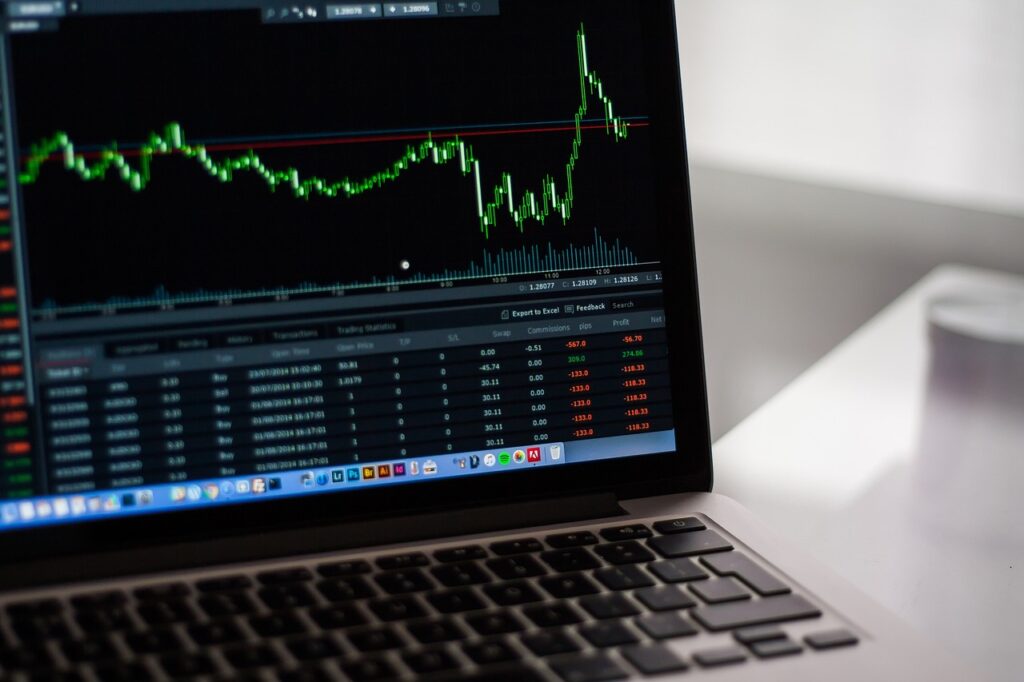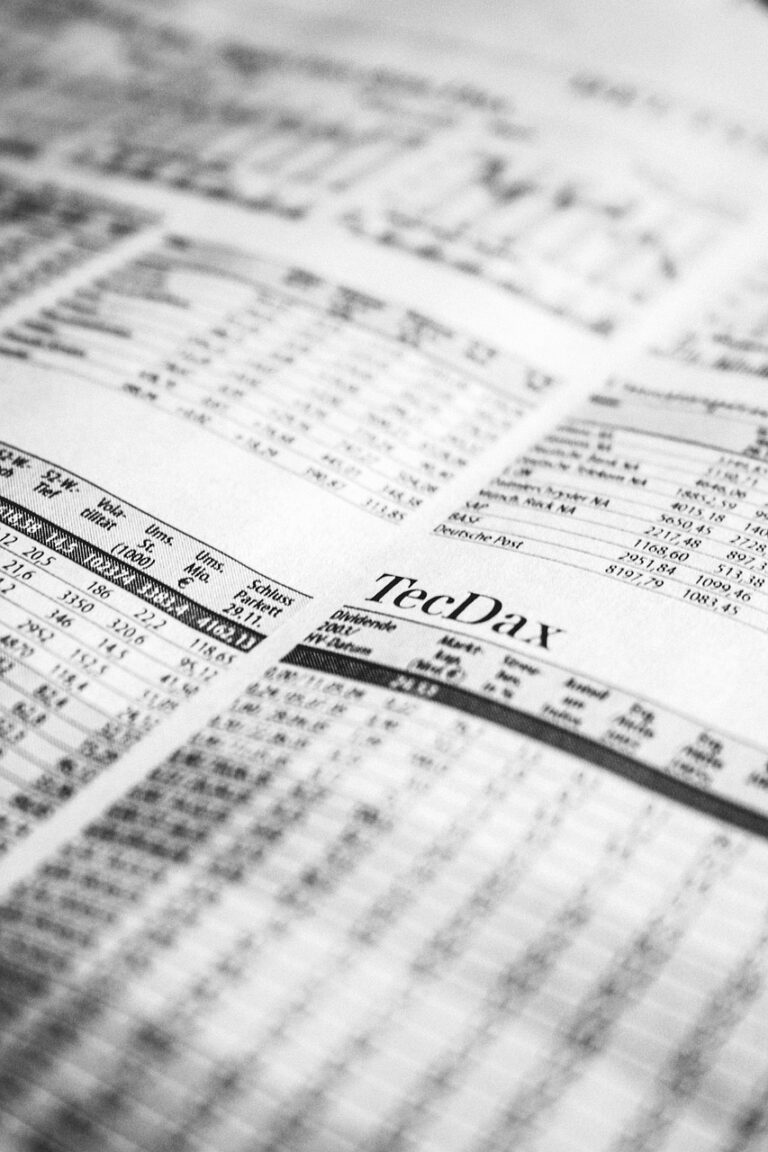Stock Market Plunges on Weak Jobs Data and Global Economic Concerns

U.S. stocks tumbled on Friday as weak jobs data raised concerns about the state of the economy, with the sell-off extending to global markets. The Dow Jones Industrial Average dropped 610 points, or 1.5%, to close at 39,737, while the S&P 500 fell 1.8% to 5,346, and the Nasdaq Composite tumbled 2.4% to 16,776. This marked the first back-to-back losses of at least 1% for the S&P 500 since April, indicating a significant shift in market sentiment.
Weak Jobs Data Sparks Market Sell-Off

The sell-off was triggered by a disappointing jobs report, which showed U.S. employers added only 114,000 jobs in July, significantly below the expected 175,000. This represents a sharp decline from the average of 215,000 jobs created per month over the past year. The unemployment rate also increased to 4.3% from 4.1% in June, further exacerbating concerns about the labor market’s health.
This weak economic data has led to speculation that the Federal Reserve may have kept interest rates too high for too long. Traders are now betting on a 70% probability of a half-percentage point rate cut in September, despite Fed Chair Jerome Powell’s recent statements indicating otherwise. This marks a significant shift from just a day earlier when the odds of a quarter-point cut were at 78%.
Bond yields fell sharply in response to the jobs report, with the 10-year Treasury yield dropping to 3.79% from 3.98% the previous day, as traders anticipate deeper rate cuts from the Fed. This decline in yields reflects growing expectations of a more dovish monetary policy in the near future.
Tech Sector Hit Hard
The technology sector was particularly hard hit, with several major companies reporting underwhelming earnings. Amazon fell 8.8% after reporting weaker-than-expected revenue for the latest quarter. The company’s forecast for operating profit for the summer also fell short of analysts’ expectations, contributing to the stock’s decline.
Intel dropped 26.1%, its worst day in 50 years, following disappointing profit results. The chip company also suspended its dividend payment and forecast a loss for the third quarter when analysts were expecting a profit. This dramatic drop in Intel’s stock price underscores the challenges facing the semiconductor industry.
Apple, however, managed to gain 0.7% after beating profit and revenue expectations for its fiscal third quarter. The company reported a 4.9% year-over-year increase in revenue to $85.8 billion, driven by 14.1% growth in services to $24.2 billion. Apple’s earnings per share improved 11.1% from the year-ago period to $1.40, demonstrating its resilience in a challenging market environment.

Global Market Impact

The market downturn was not limited to the U.S., with Japan’s Nikkei 225 dropping 5.8%. The Japanese market has been struggling since the Bank of Japan raised its benchmark interest rate on Wednesday. This rate hike pushed up the value of the Japanese yen against the U.S. dollar, potentially hurting profits for exporters and deflating a boom in tourism.
European markets also saw declines, with stock indexes dropping by more than 1% across much of Europe. This widespread sell-off reflects growing concerns about global economic weakness and the potential for a broader economic slowdown.
Chinese stocks fell as investors registered disappointment with the government’s latest efforts to spur growth through various piecemeal measures, instead of hoped-for infusions of broader stimulus. This reaction highlights the ongoing challenges facing the Chinese economy and the global implications of its economic policies.
Economic Concerns and Fed Policy

The weak jobs report has intensified the debate about the Fed’s monetary policy. Some economists argue that the central bank may need to act more aggressively to prevent a recession. The rise in unemployment triggered the Sahm Rule, a recession indicator with a perfect track record over the past 50 years, further fueling concerns about the economic outlook.
However, it’s worth noting that the U.S. economy is still growing, and a recession is not a certainty. The Fed has been clear about the tightrope it’s walking since it started hiking rates sharply in March 2022, aiming to balance the risks of being too aggressive and choking the economy with the need to control inflation. As the market digests these developments, investors are closely watching for further economic indicators and potential shifts in Fed policy.



